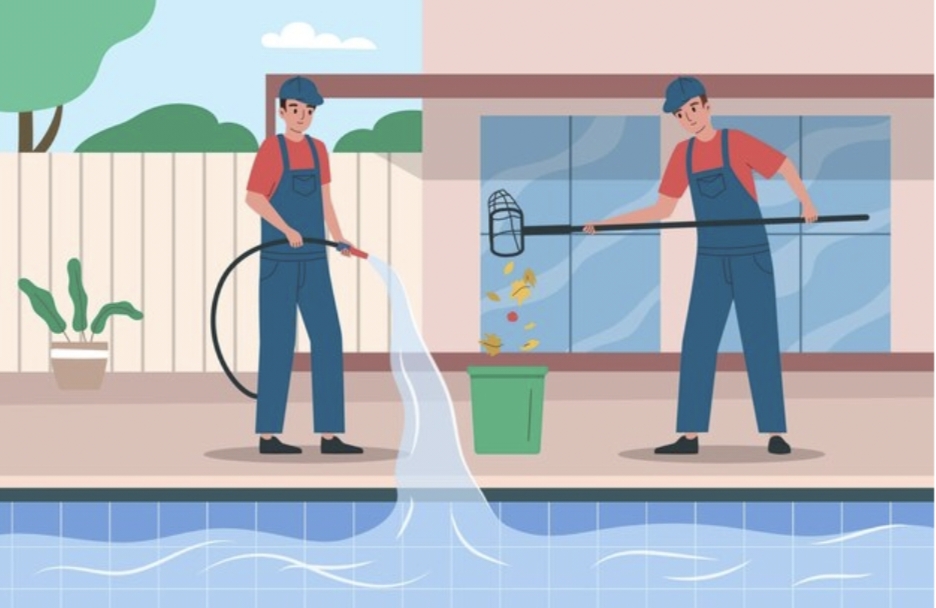Ensuring your swimming pool remains crystal clear and inviting requires the optimal choice of pool cleaning equipment. Various pool cleaners are specifically designed to address different needs, from tackling stubborn debris to maintaining the overall water quality. Selecting the right pool cleaner is pivotal to keeping your pool in pristine condition throughout the year.
Types of Pool Cleaners
When considering pool cleaners, it is essential to understand the types available on the market. The major categories include suction-side, pressure-side, and robotic cleaners. Each type has unique features and benefits suited for different pool sizes and conditions.
Suction-Side Pool Cleaners
Suction-side pool cleaners are popular due to their cost-effectiveness and simplicity. They attach to the pool’s suction line and depend on the pool’s pump system to remove dirt. These cleaners effectively handle small debris and are suitable for smaller pools.
Pressure-Side Pool Cleaners
Operating through the pool’s return jets, pressure-side cleaners use the water’s pressure to navigate and clean the pool. They are efficient at collecting larger debris and typically have their own filter bags to prevent the pool filter from clogging. This makes them suitable for pools that encounter substantial leaf or twig accumulation.
Robotic Pool Cleaners
Robotic pool cleaners are an excellent choice for those seeking a hands-off cleaning solution. These self-contained units operate independently of the pool’s filtration system. Featuring programmable settings and various modes, they clean every corner of the pool efficiently, albeit at a higher initial investment.
Factors to Consider When Choosing a Pool Cleaner
Several factors should guide the selection of a pool cleaner. The size and shape of your pool, budget, and specific maintenance needs all play critical roles in this decision. It is vital to match the cleaner’s capabilities with these requirements to achieve optimal performance.
Pool Size and Shape
The dimensions and layout of your pool directly impact the type of cleaner best suited for the task. Larger pools with complex shapes may benefit from advanced, robotic cleaners, while simpler designs may find suction-side models more than adequate.
Budget
While robotic cleaners offer the most comprehensive features, they also come with a higher price tag. Suction-side and pressure-side cleaners provide more budget-friendly options without sacrificing significant efficiency.
Maintenance Needs
Understanding your pool’s environmental exposure will help determine the kind of debris most commonly encountered. Pools in leafy areas might require pressure-side cleaners equipped to handle larger leaves and twigs, whereas suction-side cleaners may suffice for finer debris.
Maintenance and Care for Longevity
Regular maintenance of your pool cleaner is crucial to prolonging its service life and ensuring efficient operation. Cleaning the filter bags, inspecting hoses, and replacing worn parts can significantly enhance performance.
Frequent Inspections
Routine inspections of your pool cleaner’s components are necessary to identify any potential issues early. Checking for blockages and ensuring the cleaner’s mobility allows for uninterrupted cleaning cycles.
Replacement of Parts
Over time, the cleaner’s parts may wear out. Regularly replacing brushes, bags, and hoses not only maintain efficiency but also prevent more costly damages in the long run.
Conclusion
To maintain a sparkling and inviting swimming pool, selecting the appropriate pool cleaner is of paramount importance. Understanding the various types of cleaners and considering individual pool requirements are essential steps in making an informed decision. By investing in the right pool cleaner and adhering to proper maintenance practices, pool owners can enjoy a clean and well-maintained swimming environment throughout the year.





